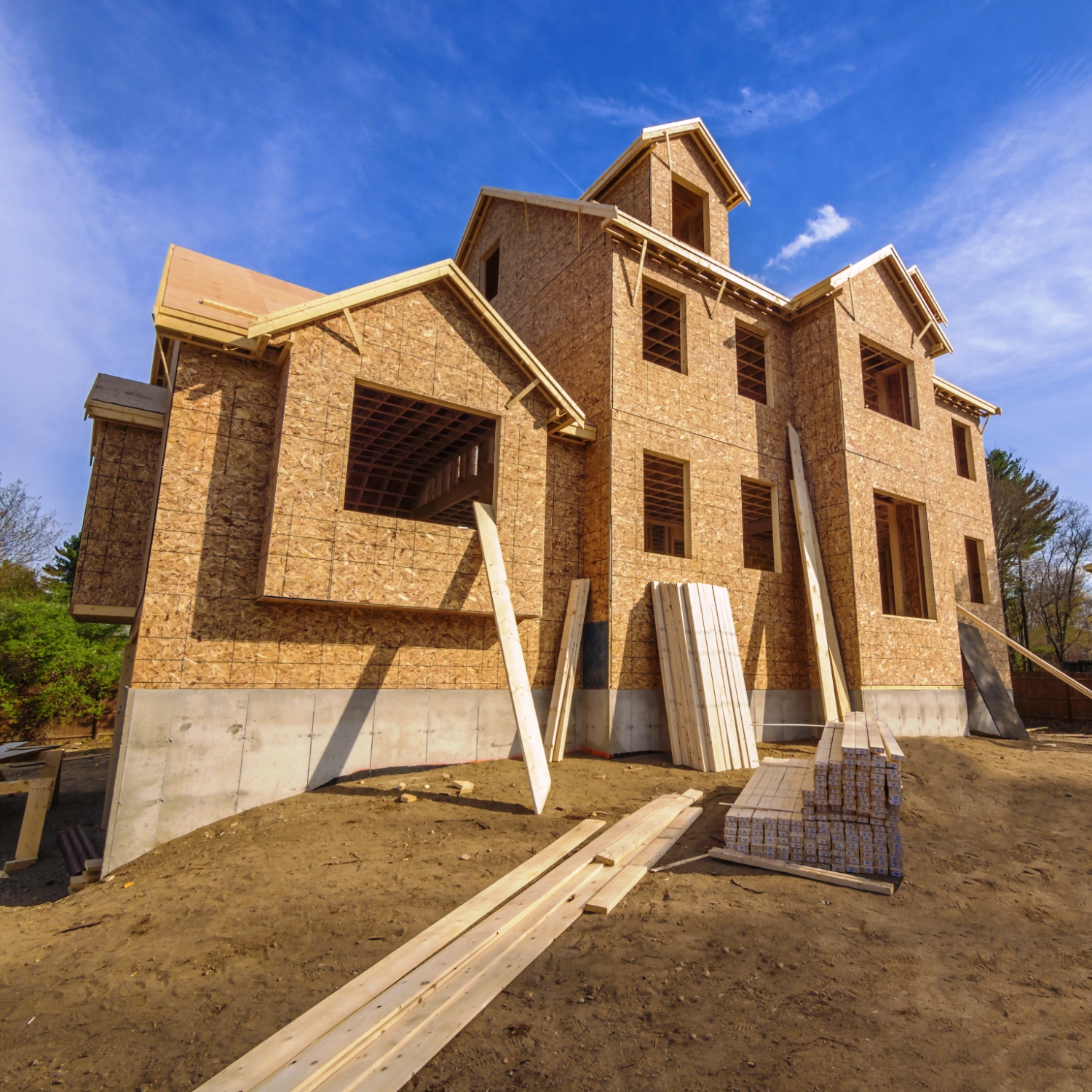
The U.S. Census Bureau reported Monday morning that construction spending in March rose by 0.3% to an estimated seasonally adjusted annual rate of $1.137.5 trillion from the downwardly revised estimate of $1.133.6 trillion in February. Compared with March 2015, total spending is up 8%.
For the first three months of 2016, new construction spending rose 9.1% to an estimated total of $240.4 billion, compared with the 2015 total of $220.3 billion.
The consensus estimate by economists surveyed by Bloomberg News called for a rise of 0.5% in construction spending for March.
For the month of March, private residential construction rose 1.6% month over month to $435.5 billion. Private nonresidential construction rose 0.7% month over month, and total private construction spending on a seasonally adjusted annual basis rose 1.1% to $842.33 billion, compared with a revised February total of $832.79 billion.
In the private sector, single-family residential construction is 13.4% higher than it was a year ago and multifamily construction is up 34.6% from March 2015. Private, nonresidential construction is up 7.6% year over year.
In the public sector, seasonally adjusted total spending fell 1.9% compared with February, and it is now 6.7% higher compared with March 2015. Spending on educational facilities increased by 0.4% month over month and is up 9.4% from March 2015 spending. Public residential construction fell 2.5% month over month and remains down 1.2% compared with March 2015.
Private-company spending on new housing remains up sharply year over year. Private sector spending on nonresidential construction spending is up 1.7% month over month and up more than 9% year over year. Total public and private construction spending is up 8% compared with March 2015.
The Average American Has No Idea How Much Money You Can Make Today (Sponsor)
The last few years made people forget how much banks and CD’s can pay. Meanwhile, interest rates have spiked and many can afford to pay you much more, but most are keeping yields low and hoping you won’t notice.
But there is good news. To win qualified customers, some accounts are paying almost 10x the national average! That’s an incredible way to keep your money safe and earn more at the same time. Our top pick for high yield savings accounts includes other benefits as well. You can earn up to 3.80% with a Checking & Savings Account today Sign up and get up to $300 with direct deposit. No account fees. FDIC Insured.
Click here to see how much more you could be earning on your savings today. It takes just a few minutes to open an account to make your money work for you.
Our top pick for high yield savings accounts includes other benefits as well. You can earn up to 4.00% with a Checking & Savings Account from Sofi. Sign up and get up to $300 with direct deposit. No account fees. FDIC Insured.
Thank you for reading! Have some feedback for us?
Contact the 24/7 Wall St. editorial team.
